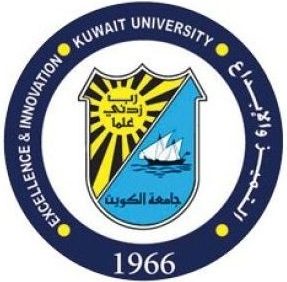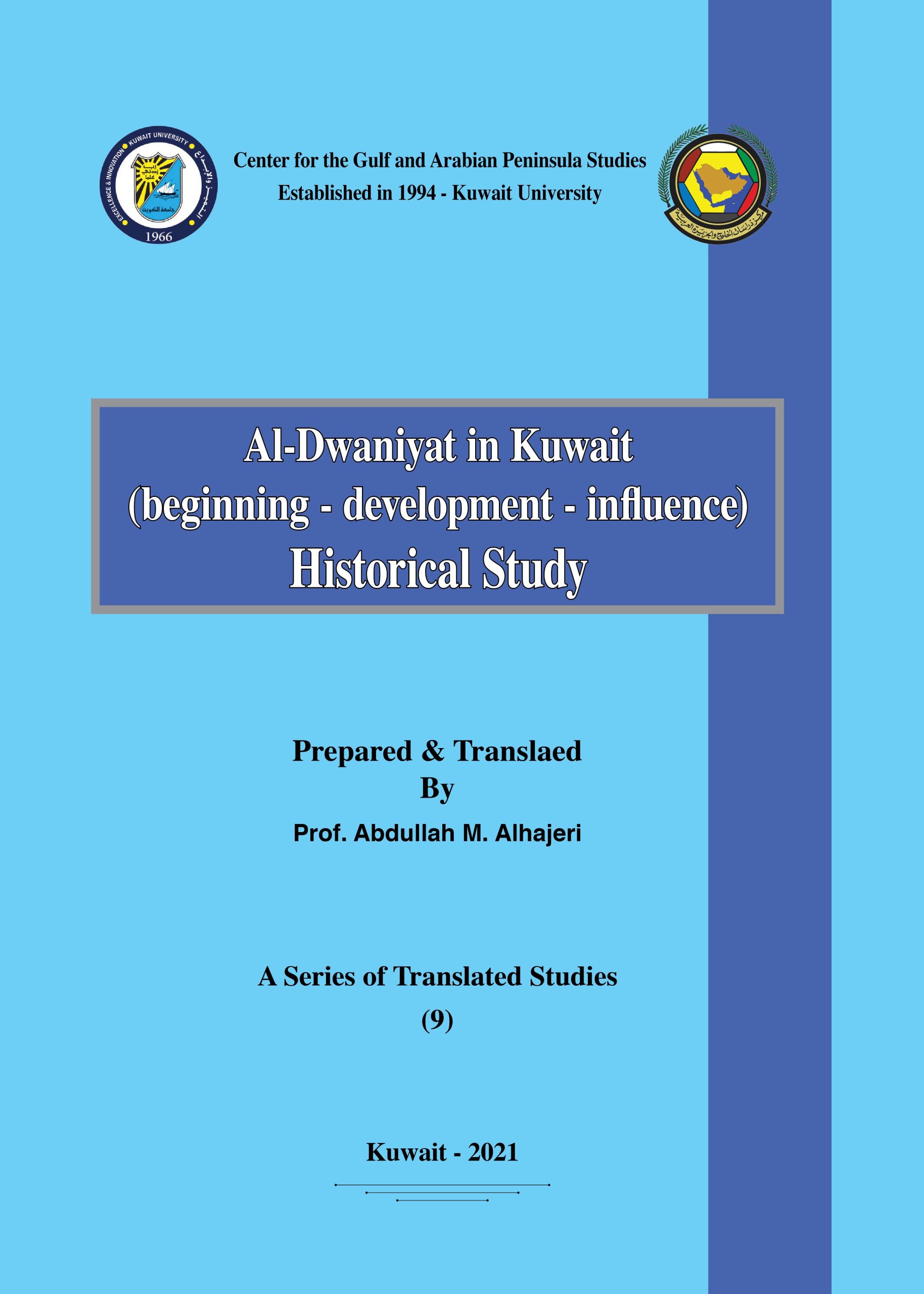Abstract:
The issue of political participation and change is considered one of the most important societal issues that most Arab Gulf countries are experiencing, and its roots go back for many decades. The issue of political participation has also become the first criterion for any real political and societal development for any country. Kuwait, like the rest of the Gulf countries, has gone through multiple political experiences that have produced many different political styles. The Diwaniyah was the most important de facto informal institution and the social balance imposed by its presence within Kuwaiti society, in which all forms of societal, cultural, and political participation were practiced, whether for or against. It has remained like this to this day, which has led many to call it Kuwait’s mini parliaments. Diwaniyah in Kuwait has multiple functions, most notably the political function. The Kuwaiti Diwaniyah has played a major and prominent role in establishing and consolidating the foundations of democracy throughout the state’s history and since its inception. Personal relationships, discussions and opinions played an important role in changing the course of many trends in the state’s internal and external policies. In this simple study, we try to focus on the role and importance of the Diwaniyah as active community institutions that created a kind of political movement in the State of Kuwait from an early period and was indeed able to maintain this role in various times and recurring crises and influence the process of political change.Rather, political crises have been working to highlight their role more, in contradiction to the expectations of some regarding the fading and intensification of their role in times of crises. In this study, we also attempt to shed light on this functional role of the Diwaniyah in society from the perspective of social inheritance and its role in the process of bringing about important societal and political changes, especially in the historical stages between the life of Kuwait. Moreover, we have limited ourselves to monitoring the reality of the Kuwaiti Diwaniya from its inception until the end of the twentieth century because we were careful not to evaluate the current period, the features of which will undoubtedly become clearer after two or three decades in light of the clear intertwining between the internal and external political situations and the influence of each on the other. However, in the same context, we are also trying to investigate several questions, including:-Did the old Kuwaiti Diwaniya help Kuwait achieve a gradual democratic transformation or did it perpetuate the concept of tribalism and fanaticism? – What is the democratic role of the Kuwaiti Diwaniya during the emergence of civil society? – Did the Kuwaiti Diwaniyah represent Kuwait as a civil society based primarily on alliance between members of society? – What are the most prominent functions of the old Kuwaiti Diwaniya and the role of its pioneers in spreading political awareness in society? – What is the role of the Kuwaiti Diwaniyah in the political crises in Kuwait, especially the Shura Council of 1921, the Council of 1938, the drafting of the constitution in 1961, and the Iraqi invasion of 1990? – What are the most prominent manifestations of societal change that the Kuwaiti Diwaniya highlighted and participated in reformulating in the post-invasion period? – Did the Kuwaiti Diwaniyah contribute to creating a different political dimension that resulted in repeated political crises, and this was reflected in the Kuwaiti National Assembly? There is no doubt that all these questions will be answered within the framework of our discussion of the role of the Kuwaiti Diwaniyah and the general perception of it through historical monitoring of the various dimensions and roles of the Diwaniyah in Kuwait from its inception until the end of the twentieth century.
Hits : 1302
